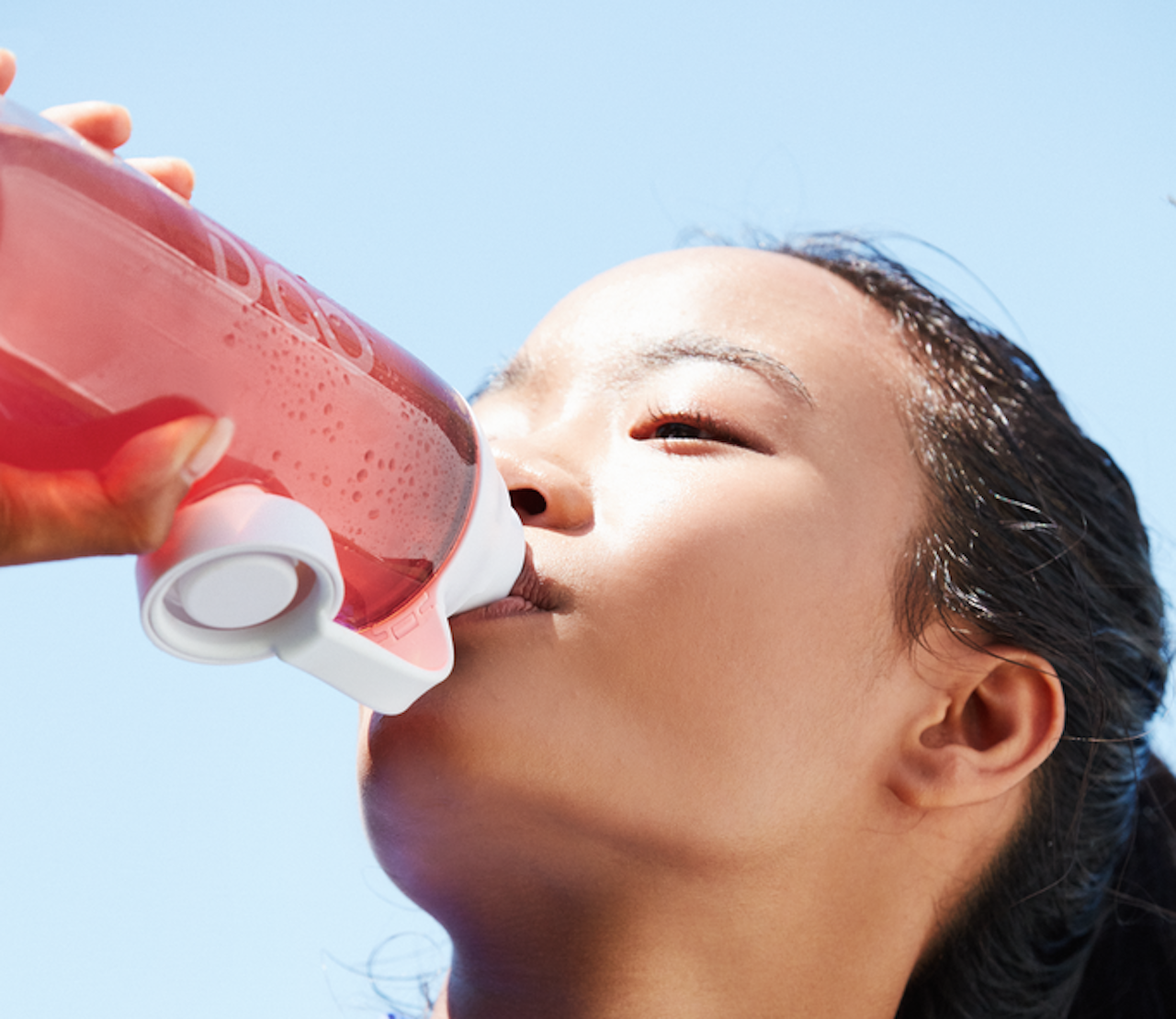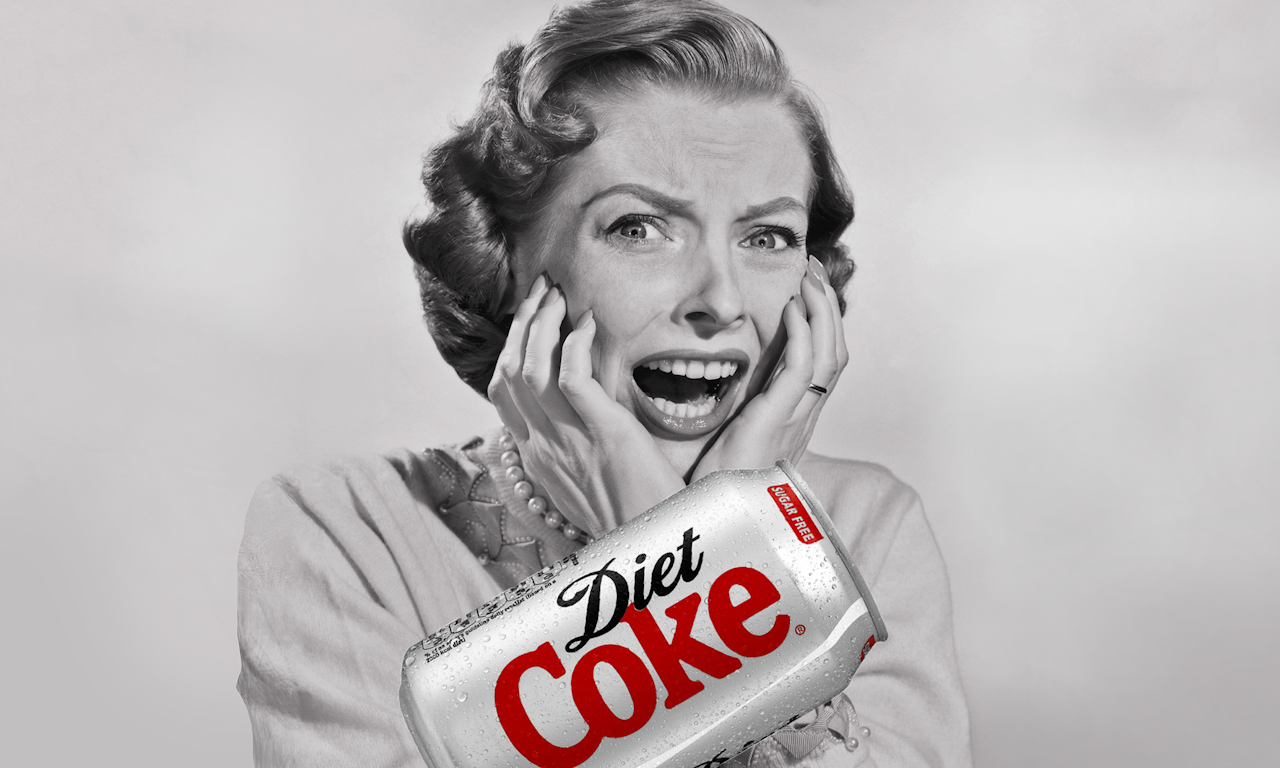You’re probably familiar with the trope of millennials killing dozens of beloved American institutions, like malls, marriage, and McDonald’s. Soda is one of the latest victims added to this hit list: American soda consumption has fallen to the lowest levels since 1986, according to a study from Beverage Digest, as reported by The Washington Post, and consumer preferences are shifting towards sugar-free seltzers. Naturally, soda companies are freaking out — and trying to both come up with new products and revamp old ones into things that health-conscious young people will actually want to drink.
There’s La Croix, which has been around since the ‘80s but experienced a new surge in popularity after rebranding in the 2010s. There’s also the Mexican sparkling water brand Topo Chico, which was acquired by the Coca-Cola Company in 2017; Coca-Cola also owns Glacéau, which makes VitaminWater. Ugly Drinks, a British sparkling water brand, launched in the U.S. earlier this year and is available as a subscription service. And then there’s PepsiCo’s answer to the soda crisis: A customizable, millennial-focused, subscription-based flavored water company called Drinkfinity, which launched in February.
Drinkfinity has very little in common with other Pepsi products. You can’t just buy a can of it and call it a day — you have to buy Drinkfinity’s proprietary “Vessel,” otherwise known as a water bottle ($20), along with “flavor pods” that only work with said water bottle ($5.95 for a pack of four). It’s kind of like a Keurig for water, or a Nespresso if you’re fancy. As of this writing, there are 28 Drinkfinity flavors, divided into four “modes,” or categories; Flow, which contains vitamins E and C; Renew, which has electrolytes and is meant to be consumed after a workout; Chill, which is for relaxation and has botanicals, and Charge, which has green coffee extract.
More than any other PepsiCo product, Drinkfinity is meant to appeal to a class of health-conscious, environmentally conscious, socially conscious young people. According to a company press release from February, each pod contains anywhere between 20 and 80 calories, making them slightly less bad for you than the average non-diet soda. One 20 oz. bottle of Pepsi, for example, has 250 calories. The pods use “approximately 65% less plastic than a 20 oz. ready-to-drink beverage bottle,” the press release states, and customers can save up their pods and ship them back to a facility to be recycled. Additionally, one dollar from each purchase in the U.S. goes to Water.org, “to help provide safe water in the developing world.”
The product is only available on the Drinkfinity website, which is plastered with photos of fresh fruit on solid-colored backgrounds, the kind of spread you’d expect on a fitness blogger’s Instagram, plus photos of hot young people working out and working from nicely-decorated desks, Drinkfinity vessels in hand; in one image, a Drinkfinity drinker is pictured reading a magazine that bears a striking resemblance to The New Yorker. Another section of the site, called #InfiniteStories, is full of blog posts that read like a cross between Goop and LinkedIn status updates about #chasingthehustle. “Having a balanced lifestyle is easier than you might imagine,” one such post reads. “In fact, with only a few small changes to your daily regimen, you may uncover a more balanced you.” Step one, of course, is to “get hydrated.”
According to a FastCompany report from February, the Drinkfinity team likes to think of the product as a contemporary analogue to the soda fountain: “A platform for people to choose what they want they want to drink, except you can carry it in your bag.” Hernan Marina, PepsiCo’s vice president of global business innovation, came up with the idea for the product in 2009. Unlike other Pepsi products, FastCompany reported, Drinkfinity was developed by an “internal startup” of existing employees who were plucked from the company’s office and sent to work at a coworking space, where they created “hundreds” of prototypes for the bottle. In 2014, PepsiCo tested the product in Brazil, where the average citizen drank 70 liters of soda in 2016. (The average U.S. citizen drank around 151 liters that year.) Three years and a few tweaks later, Drinkfinity did an internal beta test of the product with 4,000 PepsiCo employees, which led to more tweaks.
The finished product is more than just the vessel and the pods: It’s the entire lifestyle that Drinkfinity is trying to attach to those things. Rich Rodriguez, Drinkfinity’s U.S. director, told The Outline that Drinkfinity isn’t just an alternative to soda or flavored water. “We make beverages for somebody who wants to have greater choice, greater health and wellness, as well as personalization and sustainability in mind,” Rodriguez said. “Our vision is to provide the consumer with a pod for every moment and every beverage occasion.”
Based on Drinkfinity’s website, the people who use its products are fit and productive and happy, which are generally things people want to be, though I’m skeptical about whether drinking flavored water is the best way to achieve this. I ordered Drinkfinity’s “One For Me” bundle, described on the brand’s website as “a great way to begin your Drinkfinity experience,” to see if it would somehow improve my life. It came with a vessel and four packs of pods: Pineapple Coconut Water Renew, Oatberry Flow, Pomegranate Ginger Renew, and Mango Chia Flow. The pods are also sold individually, and you get a 10 percent discount if you sign up for recurring shipments; they expect you to get hooked.
Drinkfinity’s tagline — Peel, Pop, & Shake” — is also a series of instructions on how to use the product. It sounds simple enough, but truly it is not. Peeling the pod was very easy, but things got more difficult when I tried to pop it onto the bottle, which actually requires some upper-body strength. It took several minutes and the help of two friends to get the pod onto the vessel, meaning it was finally time to shake, the bottle was sticky with pod juice that had leaked out in the process.
When I finally tried the water — I chose the Pomegranate Ginger Renew flavor — it tasted a little sweet, like flavored water that had been diluted a bit. The pineapple coconut water flavor was admittedly better. It was nice and summery, but still not worth the effort I put into it all. All in all, I would describe Drinkfinity as a more expensive Crystal Light.
Dr. Lisa Young, a nutritionist and adjunct professor at New York University, told The Outline that Drinkfinity, which one review noted may have between 6 and 18 grams of sugar per 20-ounce serving, may be better than a similarly-sized soda, which has around 65 grams, but it’s still not as good as drinking water. “If there’s added sugar in the product, then it’s still going to be like a soda,” she said. “VitaminWater has less added sugar than soda, but it’s still added sugar,” Young said.
Drinkfinity’s product names and descriptions highlight the fact that the pods include “healthy” additives, and the company’s website includes an “ingredient glossary” highlighting the (non-sugar) ingredients in the pods. “They’re padding the sugar with healthy ingredients,” like chia seeds and alfalfa powder, Young pointed out, but made clear that “[Drinkfinity] is not health food. Those [ingredients] are great, but you can get them from other things.”
Drinkfinity points to a problem — that soda is bad for you — and offers up the most complicated solution possible: Instead of drinking water, like a regular person, drink a slightly healthier soda alternative that requires several steps to put together, marketed under a mantle of wellness. It takes seemingly every buzzword about what “millennials” “prefer” — wellness, social consciousness, individuality, Instagrammability — and coalesces it into a single product, one whose primary benefit is probably making you feel like you're doing something that's good for you.
Whether Drinkfinity will actually appeal to those who have shunned soda is still up in the air, but it seems to be a safe bet. A Deloitte report from earlier this year found that in addition to being “health conscious” and “placing importance on physical and emotional wellbeing,” millennials also “aim at differentiating themselves from the rest of the crowd” and “prefer personalized product and service categories.” Maybe a personalized water service will appeal to people after all.
As for me, though, I’ve taken to using my Drinkfinity vessel to drink regular old tap water.



